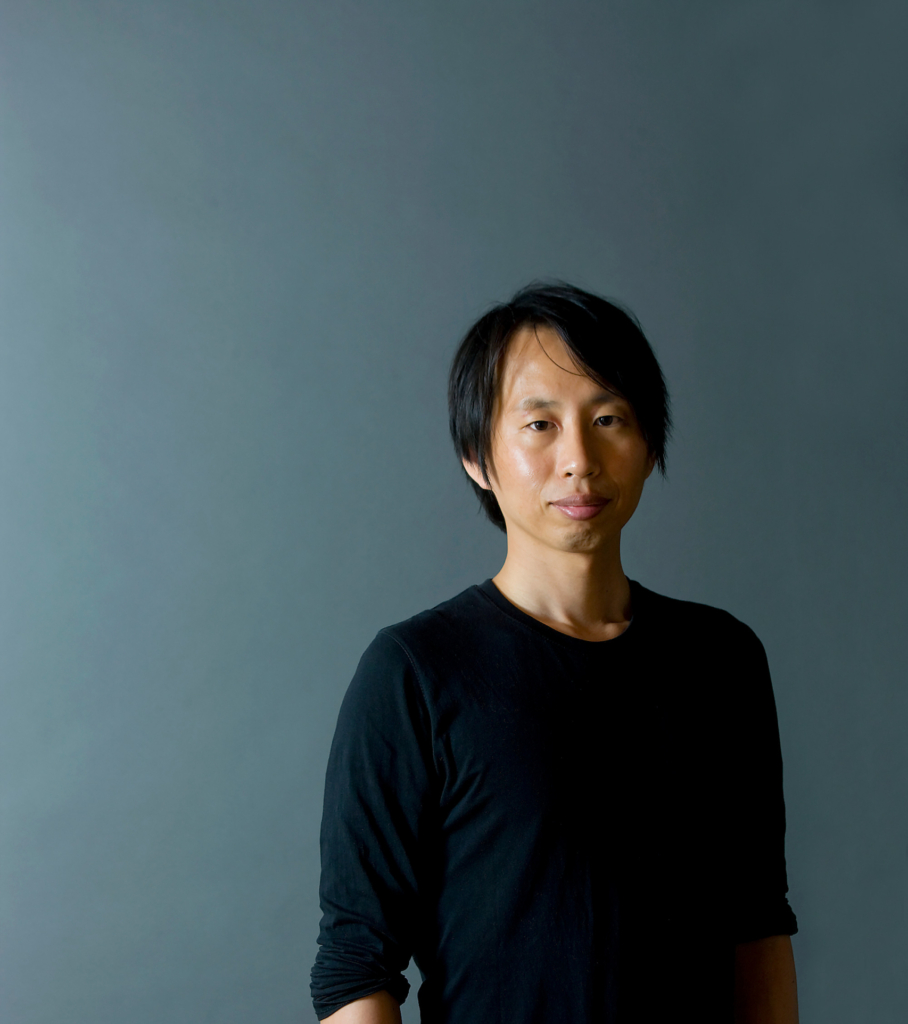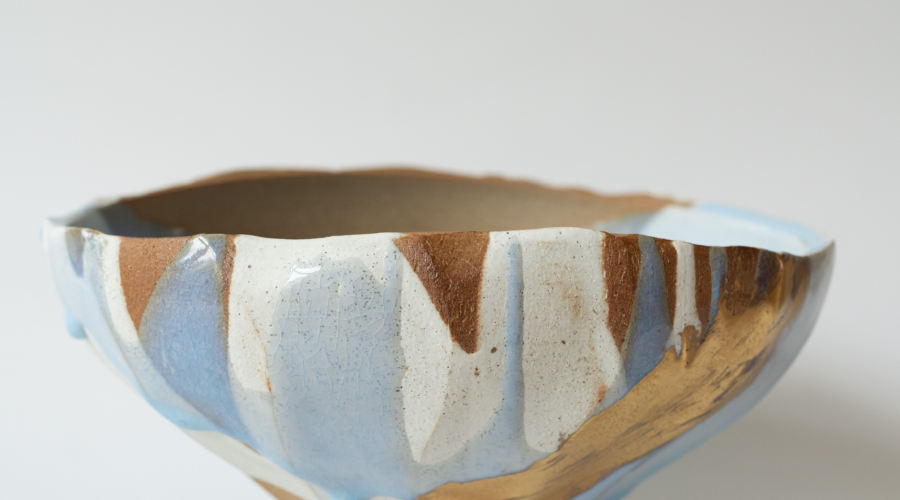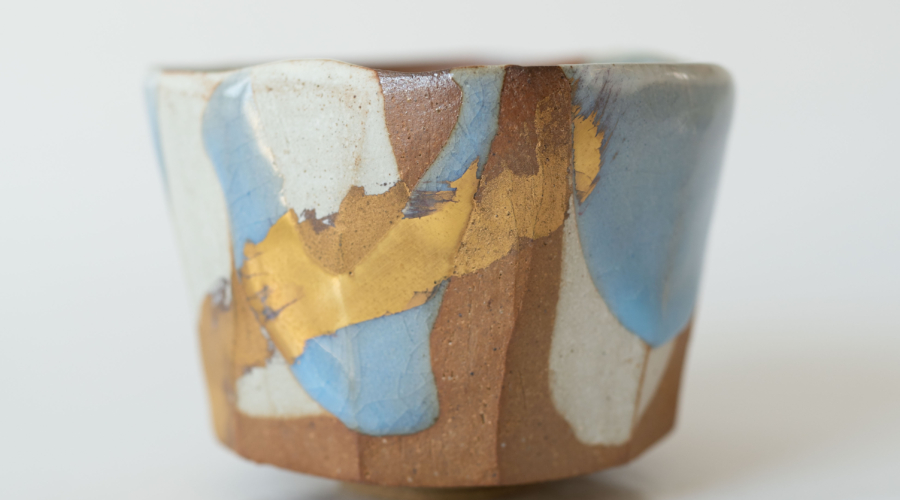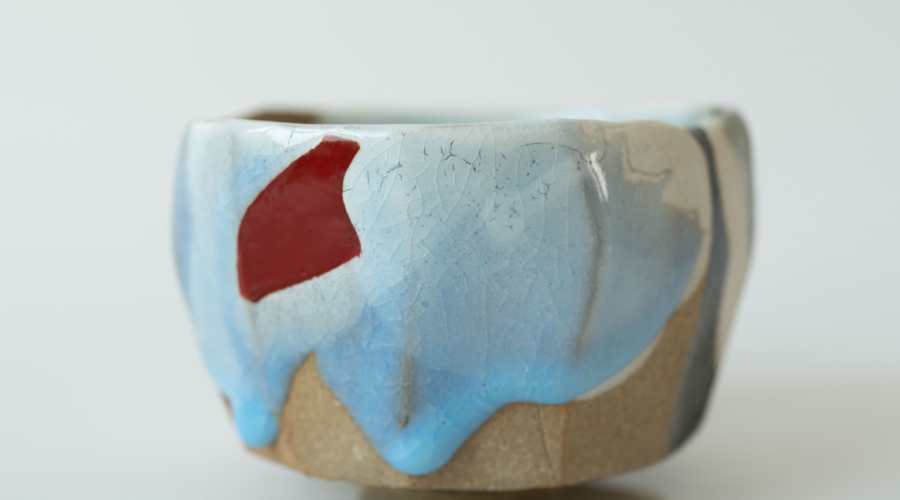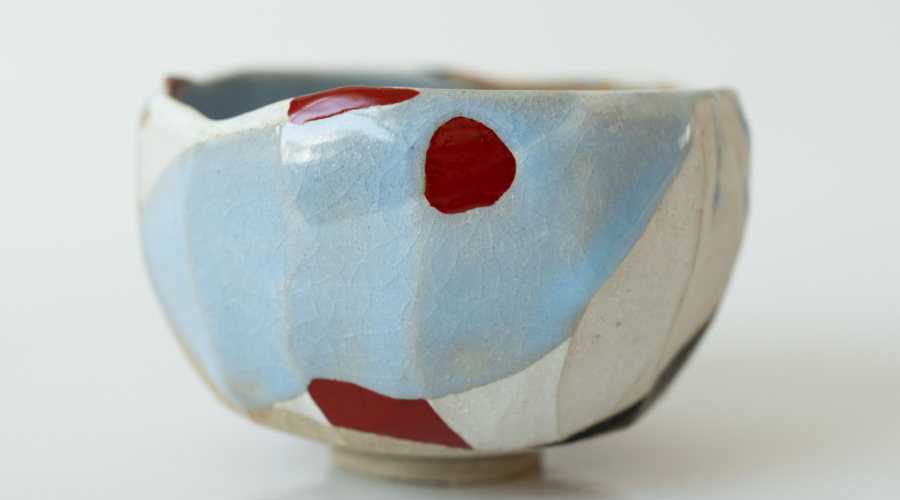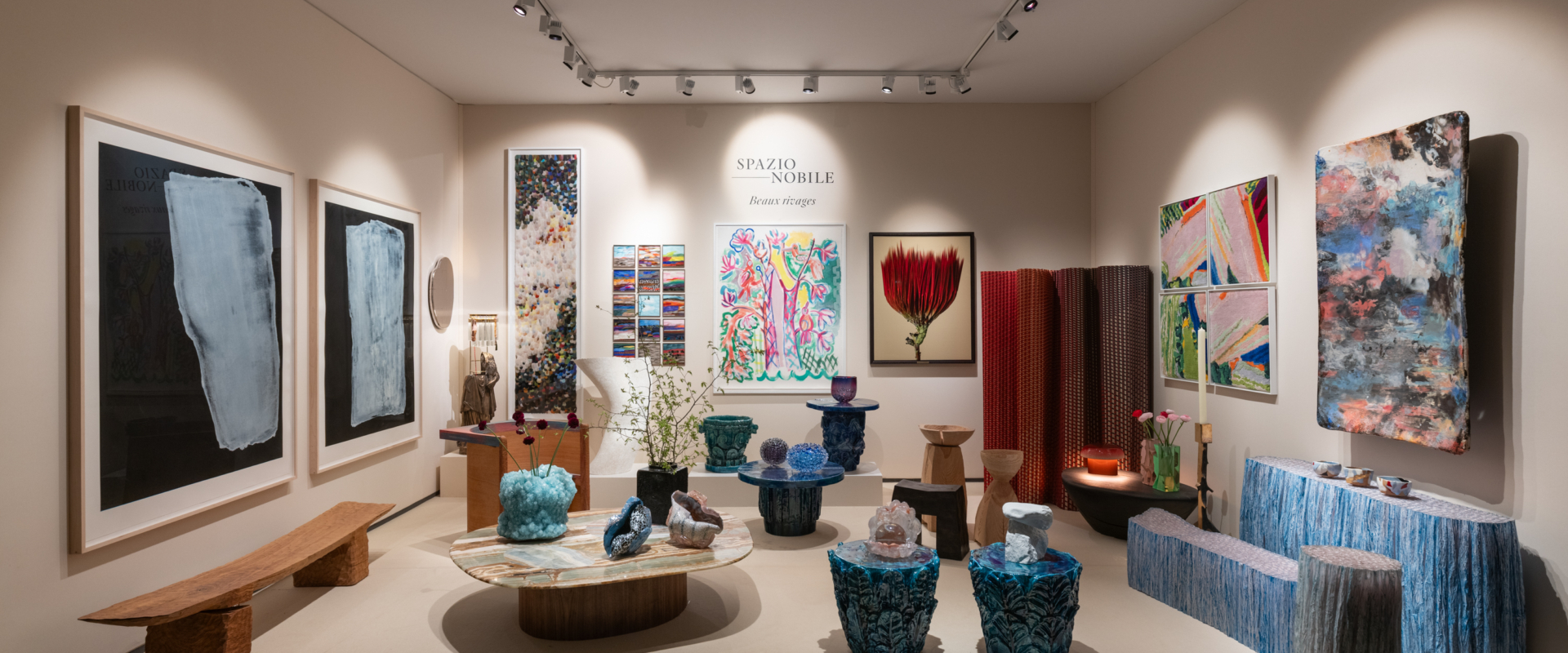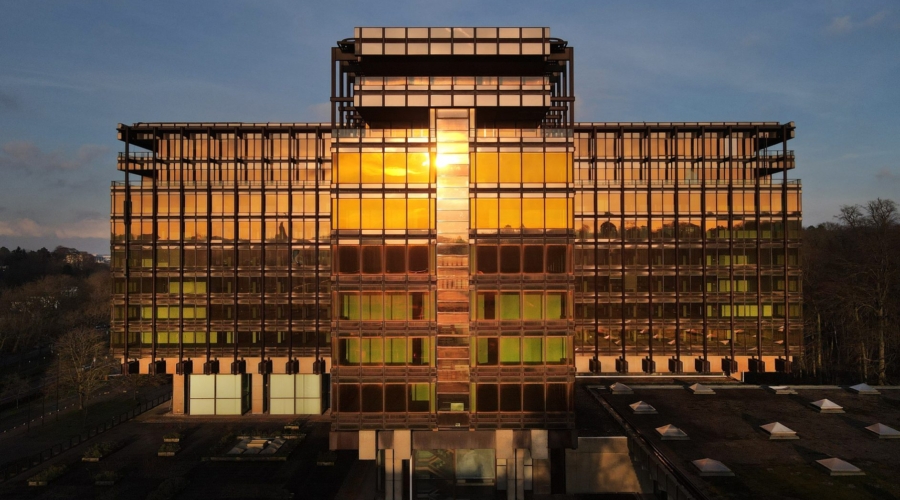Born in 1980 in Uji, Kyoto, Japan, ceramicist Matsubayashi Hosai XVI comes from a family with over 400 years of history in the Asahiyaki kiln. As the 16th generation head potter of the kiln, he inherited the title of Hosai XVI. His journey in pottery began with learning the potter’s wheel in Kyoto, followed by an apprenticeship under his father, and further honing his craft in ceramic production in England as artist-in-residence at Leach Pottery in St. Ives, established by Bernard Leach. In 2016 he became the 16th generation Hosai of Asahiyaki. Princess Takamado presented her own calligraphy for the Asahi seal to Hosai XVI.
Asahiyaki is located in the Uji region of Kyoto Prefecture, known as the centre of tea culture, just across the Uji River at the foot of Mount Asahi, opposite Byodo-in Temple. Asahiyaki began making pottery about 400 years ago during the Keicho era (Momoyama-Edo period) under the guidance of Kobori Enshu. It is considered to be one of the “Enshu Seven Kilns (Enshu nanagama)”. At the time when tea masters such as Sen-No Rikyu and Kobori Enshu were active, the first kiln master Tosaku used clay from Mt. Asahi to create tea utensils such as tea bowls and fresh water containers, which were favoured by daimyo, official residences and tea masters. Asahiyaki continued to make teaware in Uji for generations, and in the second half of the Edo period, the eighth generation, Chobei, began making the Sencha ware that is the prototype of today’s form. Asahiyaki grew up with the development of tea culture in Uji.
Based on the technique of traditional Asahi ware, Hosai aims at the harmony of the ancient aesthetic sense of tea ceremony and modern sensibility. In addition to his own activities as an artist, he is also working on new projects as an asahibiyaki workshop, and participates in a project called “go-on” which aims to promote the renewal of Japanese traditional crafts to the world. He also collaborates with designers such as Mae Engelgeer on a future project for Spazio Nobile. Specialising in the production of utensils for tea ceremonies and pottery for everyday use in the enjoyment of tea, Hosai’s creations embody the aesthetic philosophy of Enshu, known as ‘kirei-sabi’, which seeks beauty and simplicity in harmony. His unique Geppaku overglaze pieces stand out from those of his predecessors with their soft colours and contemporary details, a blend that respects tradition, while pushing its boundaries.
One of the most notable creations is the tea bowl in Geppaku Moon White, enhanced with a delicate touch of gold and red lacquer in collaboration with Japanese lacquer artist Keiko Nishimura. While the Geppaku glaze has been part of the tradition since the 14th generation, Hosai’s addition of gold and lacquer has been a very bold innovation. With a dedication to the use of Uji clay passed down through generations, Hosai aims to revive the traditional tea ceremony aesthetic while infusing it with new visions of contemporary pottery. Using ash glazes, historically important in East Asian pottery (China, Korea, Japan), he is part of a new generation of potters renewing the experience of this ancestral technique. Hosai’s sculptural forms are a pleasure to hold. The wood-fired kiln is one of the world’s first smokeless ascending kilns. It is unusually long, rests on a slope, and is known as the “climbing kiln” or noborigama. On the occasion of its use (up to three times a year), it is fired for three days straight. The flames in this wood-fired kiln are massive and engulf the pottery at peak high temperatures above 1,400℃.
This new direction as an artist and contemporary potter has given Hosai the opportunity to exhibit his work overseas and to hold tea ceremonies and workshops to promote the tea culture of Uji and Asahiyaki, founded in 1600. His work was shown at the Leach Kiln in St. Ives, England, and in 2015 at the Guimet Museum of Oriental Art in Paris, France. In 2017, an exhibition was held at Takashimaya and Nihonbashi Mitsukoshi in Kyoto to celebrate his succession. He had a collaborative exhibition of Kimono and Tea Bowl with Nishijin-ori Master Masataka Hosoo in 2020 as well as a duo show with Trevor Shimizu at Nonaka-Hill Gallery, Los Angeles and a solo exhibition at Takashimaya Art Gallery in Nihonbashi, Tokyo. Spazio Nobile has represented him since 2025 and is preparing his solo exhibition in 2027 with an outstanding installation of sculptural works.
